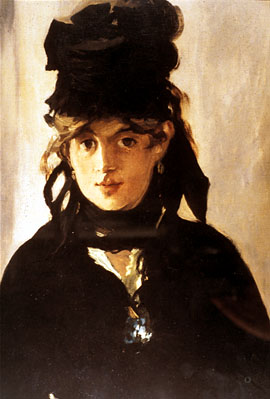On
Morisot was a founder-member of Impressionism but most writers on the subject have presented her as a bit of an also-ran. Being a woman has counted against her, albeit in different ways at different times. She was patronised by many of her contemporaries (although not by her fellow-Impressionists) as a petit-maitre whose work might be allowed a certain “feminine grace” but could never exhibit true genius, an exclusively male preserve. Her work faded almost completely from view after her death and even when her reputation was rehabilitated in the 1950s and 1960s, largely owing to the efforts of pioneering feminist art historians, the suspicion lingered that she had benefited from special pleading and had only been rediscovered because she was a woman. All of which may help to explain why, at a time when Impressionist art has been at the zenith of its popularity, there has been no...


